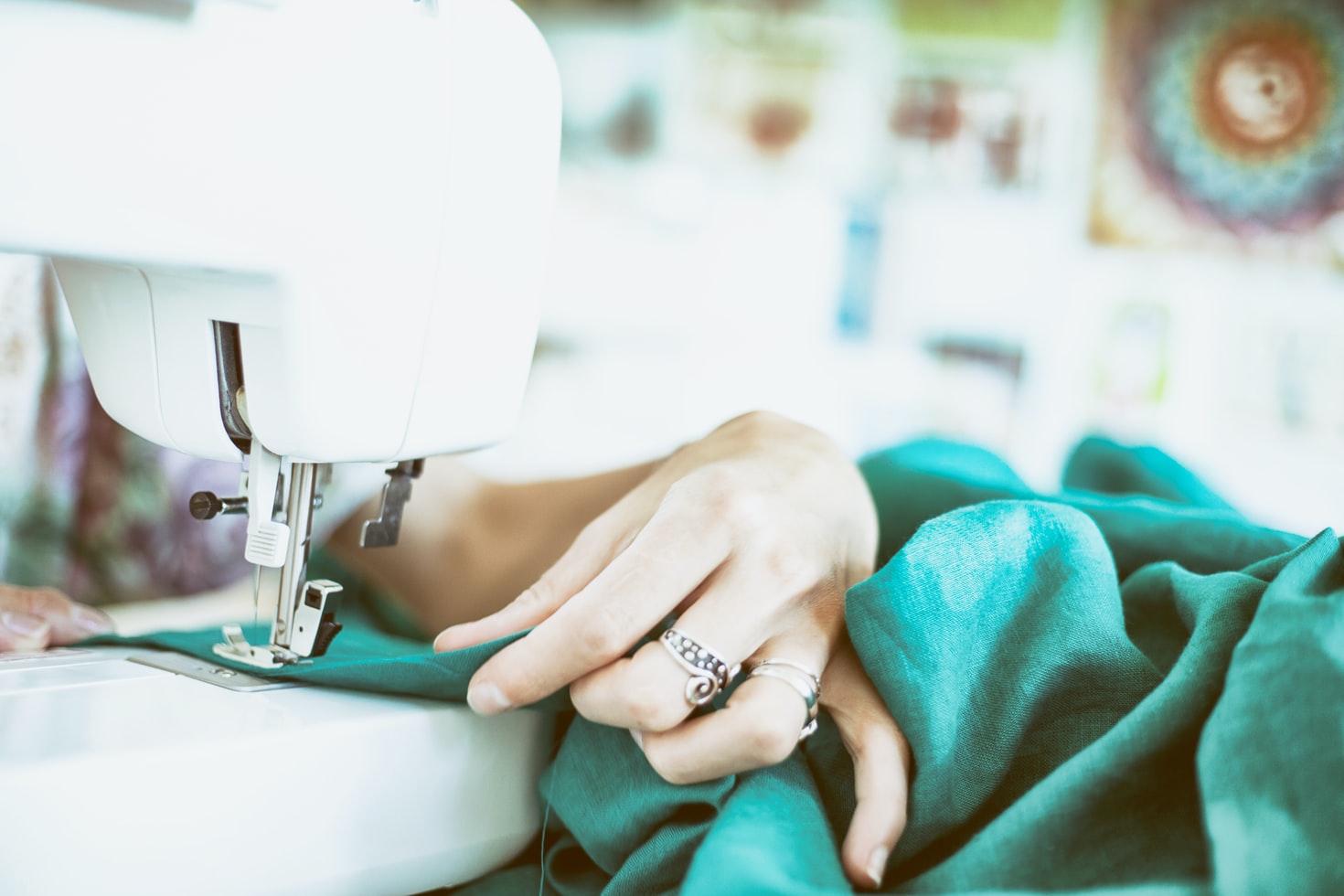When it comes to commercial textile and clothing manufacture, a professional sewing machine is inevitable. If you are planning to expand your sewing business, you will need the right industrial sewing machine. It is because sewing highly textured fabric in large amounts can get prolonged with minimal sewing tech. The Australian textile and fashion industry contribute more than $27.2 billion to Australia’s economy. So, not very surprisingly, industrial sewing machines in Australia are versatile and widely available. Back here, you can comfortably find an industrial sewing machine over domestic units that can serve large-scale projects and are remarkably durable than the latter.
Things to consider in an industrial sewing machine
Standard industrial sewing machines in australia can cost anywhere between $700 and $1500. Being satisfied with an industrial sewing machine primely depends on the fact that you genuinely needed one. If you are still confused about upgrading your existing unit or going with an industrial unit, it is best to estimate how long and how often you will be using it. The major, notable difference between a domestic and industrial unit is the size and weight. Here is a list of factors to know and consider when you make a buy,
1. The types
With industrial sewing machines, you will have a variety of choices. Narrowing down the options, you will land on two types, namely the mechanical and electronic units. If you have just switched to industrial sewing and occasionally work, a mechanical machine is the best to buy. It can comfortably fit into your budget and demands less maintenance or repairs. On the flip side, electronic sewers can serve the purpose in massive craft projects and manage thousands of stitch types with the help of a computer. If you are ready to invest extra, you can also expect extensive features like an LED screen, touchpad controls, etc.
The average hourly rate of an embroidery designer is $56 in Australia. You can also have a third option of embroidery sewing machines if you are exclusively working on embroidery projects and find electronic ones not very satisfactory.
2. Portability
Though most industrial sewers go well on a table and are mounted for permanent positioning, you can also pick the portable ones. So, if you are looking for a unit that will be stored in the closet and used only during occasional large-scale projects, always look for a lightweight and portable unit. These machines weigh less than typical industrial units and come with a handle on top for effortless carrying.
3. Loudness
Checking the noise emission feature of a sewing unit can be remarkably helpful for industrial sewers. Though you cannot expect a completely noise-free system, you can choose between the intensities. Clutch motors that best suit stitching textured and rough fabric can emit too much noise. Modern and compact motors can go minimal with noise emission but best suit stitching regular fabrics and come with speed variation controls.
4. Effective controls
Always ensure that the sewer unit is responsive to your controls. To begin with, check if the foot pedal is flexible and does not halt in between stitches. If you are going with an electronic sewer, check if the LED screen has ample visibility and the touchpad sensors are prompt. It is also best to go with a unit that comes with a power switch.
5. Speed control
Since industrial sewers are massive and come with more defined in-built motors, you can use them to work at higher speeds. However, if you still want to work at minimal speeds, you can buy a sewing unit with a clutch motor. Alternatively, you can also look for machines with a control unit to decide the pace and tempo once the fabric gets fed.
Author: Alison Lurie

